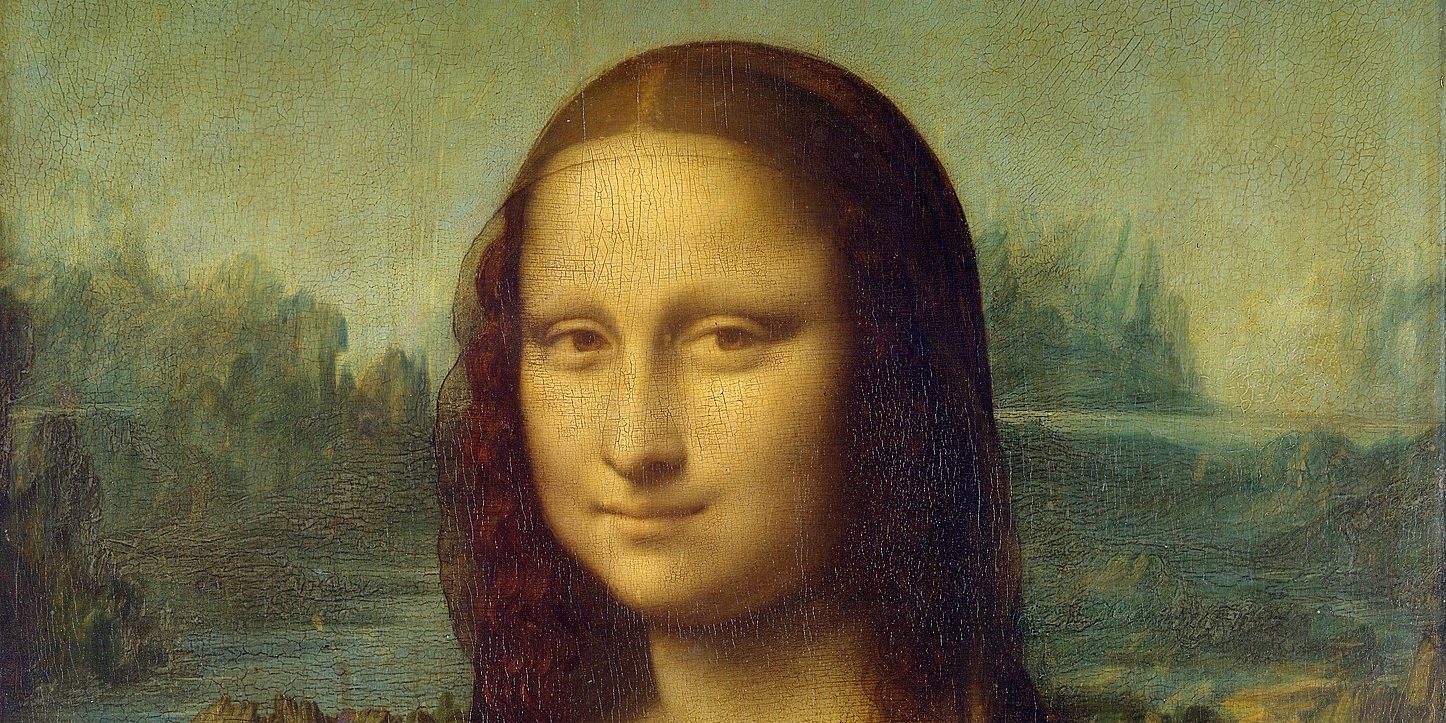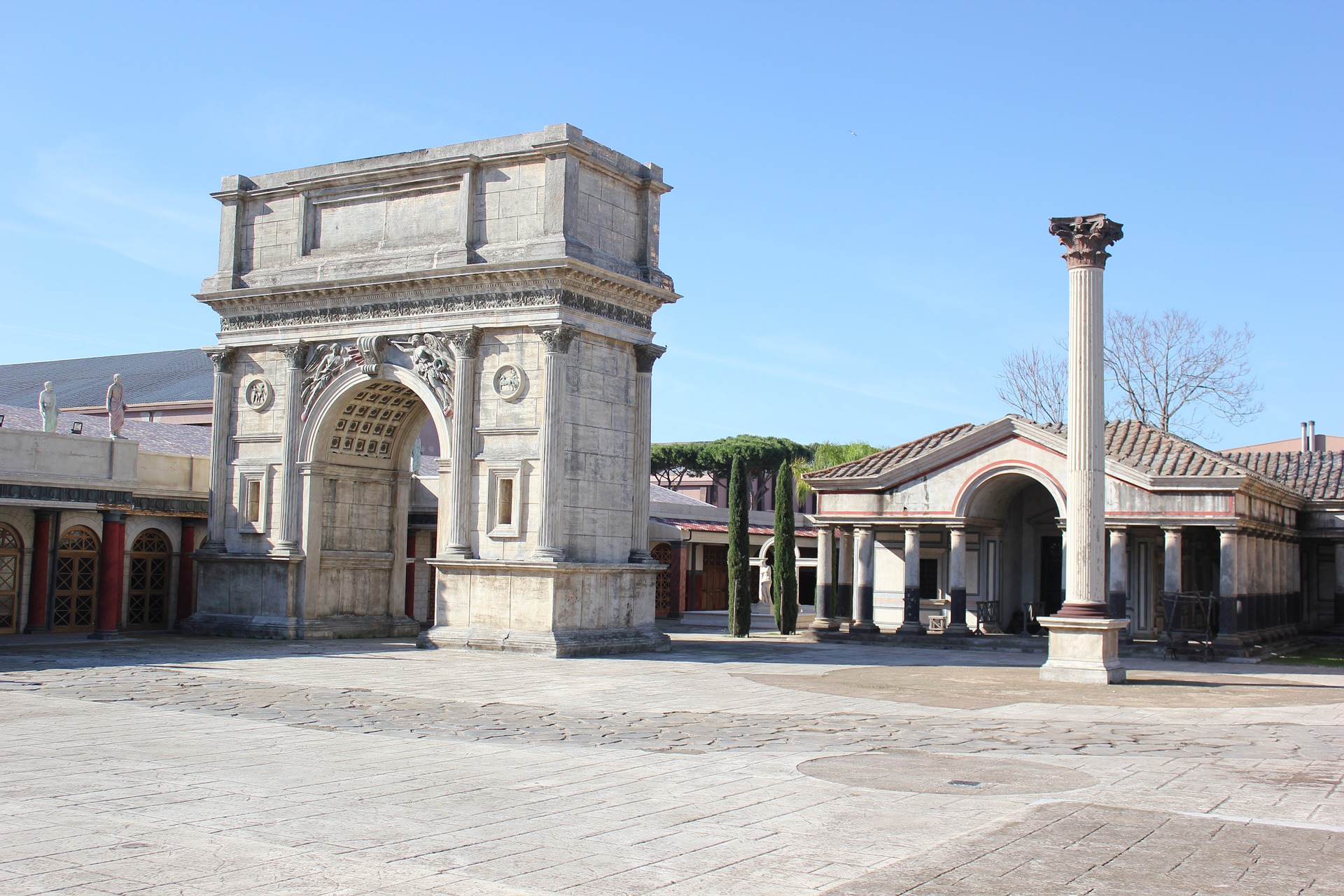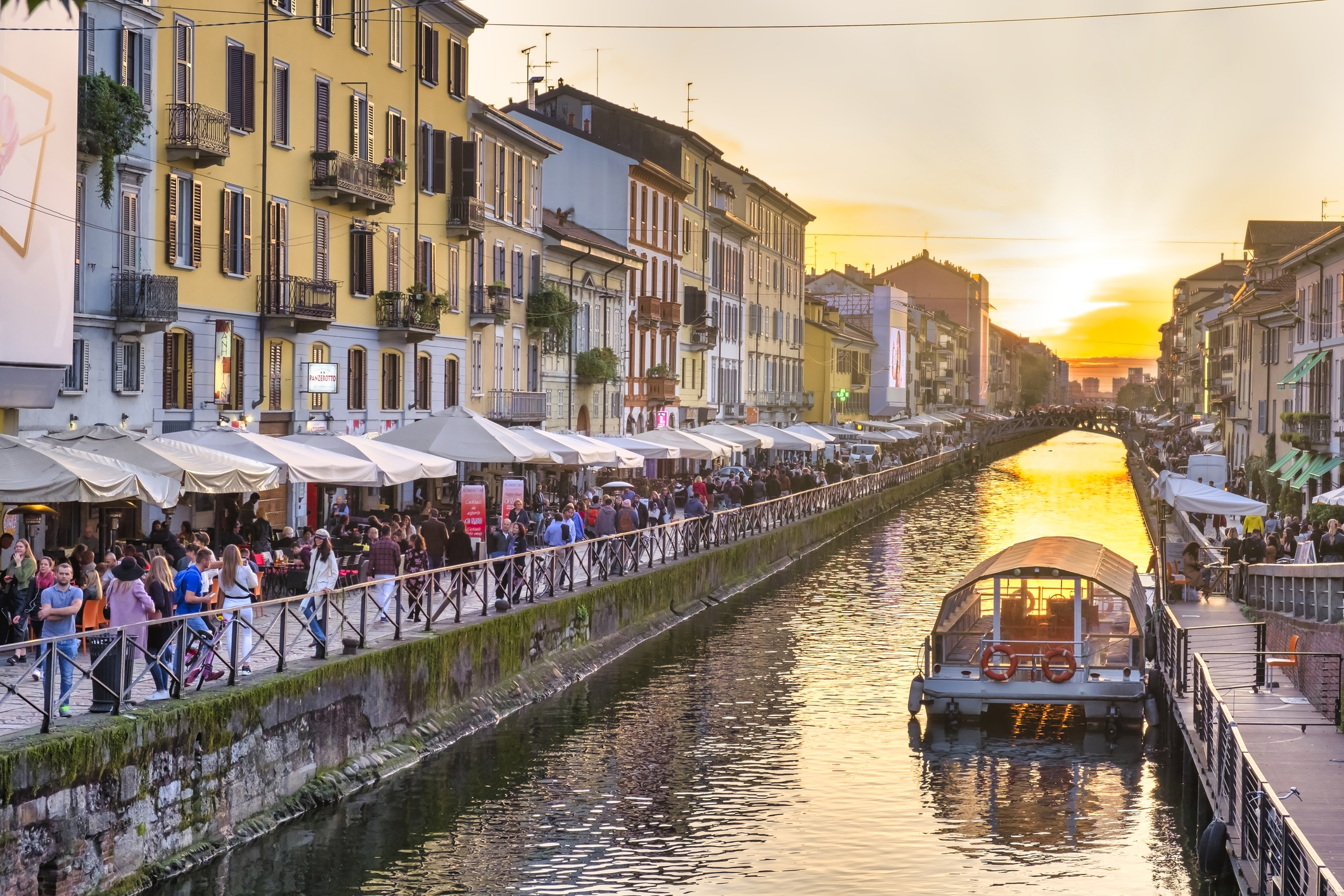Lisa del Giocondo, also known as Lisa Gherardini, was a member of the Florentine Gherardini family back in 1479. Her husband commissioned her portrait to Leonardo da Vinci during the Italian Renaissance and today many experts believe that that same painting is the Mona Lisa, also known as “La Gioconda”.
Little is known about Lisa Gherardini’s life. Born in Florence and married in her teens to a cloth and silk merchant who later became a local official, she was mother to five children and led what is thought to have been a comfortable and ordinary middle-class life.
Yet, if Lisa actually was the muse that inspired Leonardo’s most famous painting, her life after death hasn’t been anything but ordinary. Speculation by scholars and hobbyists made the work of art a globally recognized icon and an object of commercialization.
Now researchers have begun DNA testing on the bones of a woman who is believed to be Lisa Gherardini. In fact in August, her possible remains, were removed from behind the main altar of the Florence’s Basilica della Santissima Annunziata.
The art sleuth and historian Silvano Vinceti plans to extract DNA from the bones and compare it against Gherardini’s confirmed relatives; if it’s a match, Vinceti will use the skull to make a 3D reconstruction of the face and the DNA test to identify the color of her eyes and hair to compare them with the portrait.
Most historians believe that Gherardini posed for da Vinci between 1503 and 1506, though da Vinci may have worked on the painting until 1517. To support this thesis, in 2005, a researcher at Germany’s University Library of Heidelberg discovered a note in a manuscript written in 1503 by Agostino Vespucci which stated that da Vinci was painting a portrait of Gherardini. Nevertheless, some have pointed out that this note may have referred to a portrait that wasn’t the Mona Lisa.
Other theories surrounding the identity of Mona Lisa hypothesize that the subject is da Vinci’s mother, or maybe it’s Princess Isabella of Naples, or possibly it’s various noblewomen or perhaps none of the above.
Another theory proposed by Vinceti holds that the subject of the painting is Salai, one of da Vinci’s students and the presumed model of other two da Vinci paintings, St. John the Baptist and Bacchus, and that her cryptic smile may be close-lipped in order to hide teeth blackened from syphilis.
If Vinceti’s computer reconstruction of Gherardini looks nothin bmxdf1g like Mona Lisa, it could still be that Gherardini was one of multiple models who sat for da Vinci. But if the reconstruction actually matches Mona Lisa traits, this could represent an extraordinary discovery.
We must wait only a few more days for the mystery to be unrevealed!
A
































